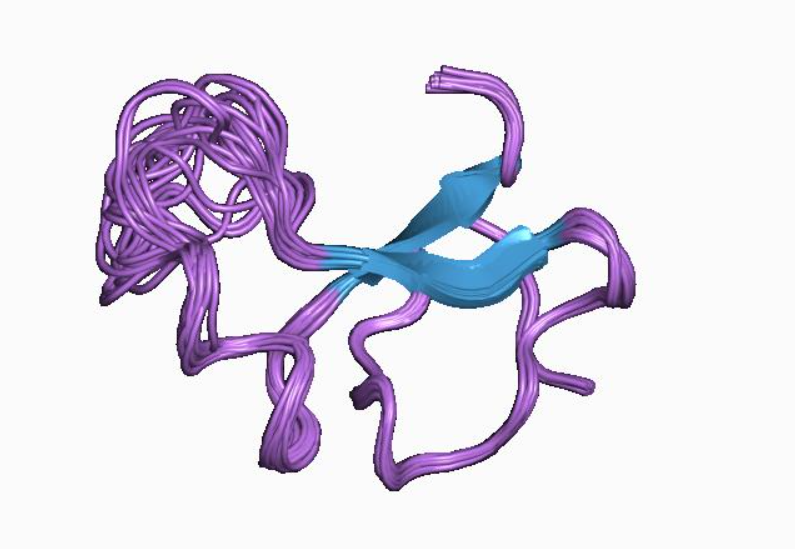Categories
- Blog (751)
- Customer Purchase (378)
- Best Sarms stack (6)
- Weight loss peptide (38)
- Other supplements (7)
- Home made (5)
- Testosterone & TRT & AAS (53)
IGF-1 is a naturally occurring anabolic hormone, and growth hormone (HGH) also acts through IGF-1. The two commonly used hormones associated with IGF-1 are IGF-1 LR3 and des(1-3)IGF-1, and to understand the relationship between these three, we also need to understand another hormone associated with IGF-1, IGFBP.
IGF-1, short for insulin-like growth factor 1, also known as growth regulator C, is a hormone with a molecular structure similar to insulin.
It is a protein encoded by the IGF1 gene in humans. IGF-1 consists of 70 amino acids on a single chain. It is produced primarily by the liver as an endocrine hormone and is produced in target tissues in a paracrine/autocrine manner.
IGF-1 has been shown to bind and interact with all seven IGF-1 binding proteins (IGFBP) : IGFBP1, IGFBP2, IGFBP3, IGFBP4, IGFBP5, IGFBP6, and IGFBP7.
Here comes IGFBP, which has a high binding affinity with IGF-1 and IGF-2, which prevents IGF-1 from binding to the IGF-1 receptor and functioning. IGFBP is naturally occurring in the body and greatly affects the potency of GIF-1. This is about one of the main reasons for the emergence of IGF-1 LR3 and des(1-3)IGF-1.

Also known as long arginine 3-IGF-1 or LR3-IGF-1. Is a synthetic protein due to the lengthening analogue of IGF-1.
Elimination half-life: 56-72 hours
Cas:143045-27-6
MF:C400H625N111O115S9
MW: 9117.60
It differs from natural IGF-1 in that it has arginine instead of glutamate in the third position of its amino acid sequence, and also has an additional 13 amino acids in the amino acid sequence. N-terminal, a total of 83 amino acids (IGF-1 is 70). The result of these modifications is that IGF-1 LR3 retains the pharmacological activity of IGF-1 as an IGF-1 receptor hormone agent, has a very low affinity for insulin-like growth factor binding protein (IGFBP), and improves metabolic stability.
As a result, IGF-1 LR3 is about three times more potent than IGF-1 and has a significantly longer half-life of about 20-30 hours (IGF-1 has a half-life of about 12-15 hours).
It is a naturally occurring endogenous protein and a truncated analogue of drugs and IGF-1. Des(1-3)IGF-1 lacks the first 3 amino acids of the IGF-1N terminal (67 amino acids in total, compared to 70 amino acids of IGF-1). Because of this difference, it greatly reduces binding to IGFBP and increases potency (in vivo about 10 to IGF-1).
Cas:112603-35-7
MF:C319H501N91O96S7
MW: 7371.48
From IGF-1 LR3 and des(1-3)IGF-1, both were developed primarily to reduce their binding to IGFBP and thus increase their potency. So we often see the sale of IGF-1 LR3 and des(1-3)IGF-1 peptides, but we rarely see direct IGF-1.